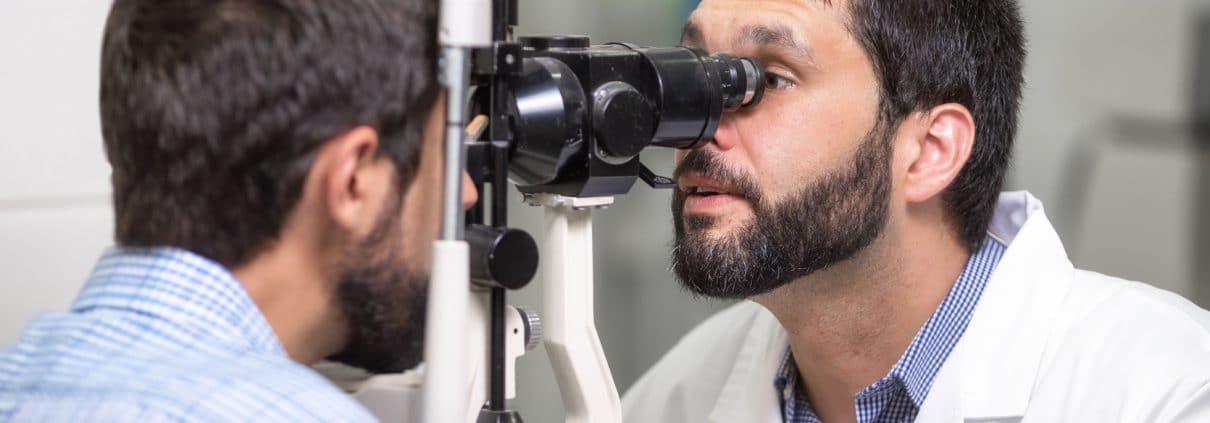How is Eye Pressure Measured?
When you visit an optometrist in Brunswick, GA for an eye exam, one of the most important aspects will be measuring eye pressure. Known as tonometry, this test is done so that the optometrist can check for various warning signs of glaucoma. If you’re wondering how eye pressure for a glaucoma test in Brunswick, GA is measured, here are the basics of a tonometry test.
The Slit Lamp
No matter which method is used by your optometrist to measure eye pressure, the most accurate methods are those that flatten the cornea. Though this sounds painful, numbing drops will be put in your eyes to avoid discomfort. The first method, known as the slit lamp, involves you resting your forehead and chin on a slit lamp, which keeps your head steady. Keeping your eyes open and looking straight ahead, your eye doctor then moves the lamp forward until the tonometer tip touches the cornea, allowing it to record the pressure.
Handheld Devices
In some cases, an optometrist may opt to use a handheld device shaped like a pen to record your eye pressure. Again, using numbing eye drops to prevent discomfort, your eye doctor simply touches the tip of the device to your cornea and gets an instant measurement of your eye pressure.
Air Puff Method
Similar to the slit lamp test, the air puff method involves you resting your chin on a slit lamp-like device. But instead of touching your cornea, a beam of light reflects off your cornea when you are at the correct distance, followed by a small puff of air that flattens the cornea. By using the machine to calculate how much the beam of light moved when the cornea was flattened, your optometrist will know your eye pressure.
To ensure the early warning signs of glaucoma don’t go undetected, schedule an exam with your optometrist in Brunswick, GA today.





Leave a Reply
Want to join the discussion?Feel free to contribute!